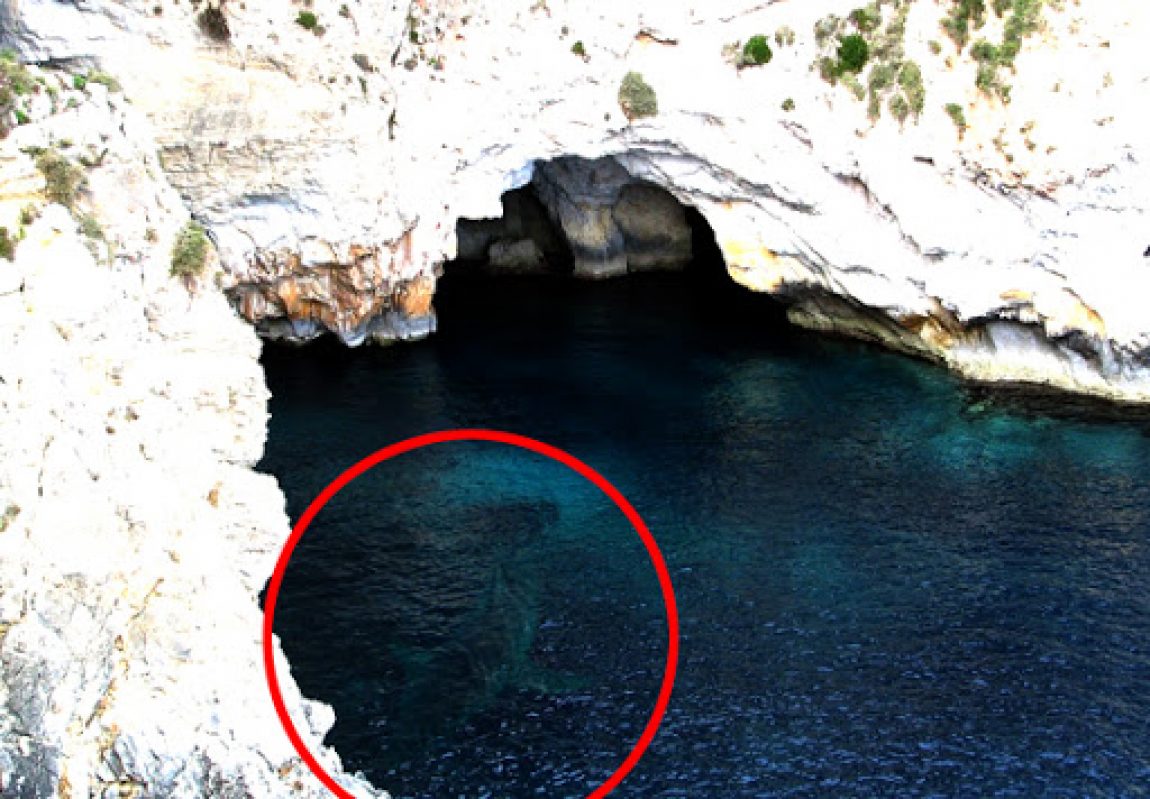Malta: World War II – Part 2
The Siege of World War II- Malta on its knees
Last month we looked at the first months of the World War II siege of Malta. In part two, we’ll see the desperation of the Maltese as the little nation is bombarded with repeated aerial assaults by both the Italian air-force and the feared German Luftwaffe. The battle of Malta was one of the most vicious of the Second World War and for the inhabitants it was hell on earth. It endured a concentrated attack so violent that it became the most bombed place on earth.
Malta’s Strategic Position
Sicily was just 15 minutes flying time from Malta. Malta was the obvious target for Mussolini; one ripe for the taking. Italy and Malta had previously shared a close bond but overnight they were at war. When the bombs started coming down on the 11th June, 1940; it was a rude awakening. There were eight sorties in a day, fifteen civilian fatalities and over 200 wounded. Mussolini had dreamed of creating a new Rome; Malta would cement the vital link between Italy and his empire in Africa.
The Germans
At first the Maltese were very frightened but in time they became used to the incessant, daily bombings. Italy’s bombing campaign had been spectacularly ineffective despite Malta’s grossly inadequate defences. Mussolini had been gambling on Britain capitulating to the Germans, who were then raiding the nation in the Battle of Britain. The British however fought on and won the battle on their own shores. At the end of June, 1940, the opportunity for Italy to take the islands quickly had slipped away. One man’s blunder had brought a new player to the Mediterranean: Germany.
In December 1940 Hitler sent squadrons of Luftwaffe to Sicily. The impact was immediate. Unlike the Italians- who dropped their bombs and left – the Germans pilots would dive and hit their targets with far greater accuracy. They came in larger waves- concentration of force had been key to Germany’s success elsewhere- and now with the Luftwaffe in the skies over Malta nowhere was safe. Malta became dependent on convoys from Alexandria and Gibraltar. Convoys that the Luftwaffe had to stop. While Britain was trying to supply Malta, Germany was about to Follow Italy into North Africa and they had to protect troops being sent there. It was becoming clear that the battle of North Africa was going to be a battle of logistics and that Malta was at the crux.
In January 1941, the Luftwaffe attacked a convoy to the islands. Badly damaged, the aircraft carrier the HMS Illustrious, headed for Grand Harbour for repairs.The Illustrious made it into Grand Harbour On the 10th of January, becoming like a fly in a spider’s web. On the 16th January, some eighty Stuka dive-bombers flew over Grand Harbour in successive waves aiming their bombs at the Illustrious and the dockyards. The damage was extensive after this first German raid; more accurate and deadly than the earlier Italian attacks, almost one hundred men, women and children lost their lives. Although more planes and pilots were arriving in Malta, the British were still vastly out-numbered.
The following days saw the crippled and outnumbered Maltese air force battling the Luftwaffe whose numbers varied between forty and eighty planes with any one attack wave with the main targets being the airfields of Hal Far and Luqa, where six aircraft were destroyed and many others damaged. The next day the Stukas again concentrated on the Illustrious. Repairs were made in earnest to get the ship clear of the islands in the shortest possible time. On the night of the 23rd June she sailed for Alexandria.
Repercussions
In the meantime, food stocks and other essential supplies depleted by the hour and with little chance of resupply, real hardship began to creep in for the islanders. The infrastructure was being reduced to rubble; thousands lost their homes; electricity and water mains were damaged and the distribution of goods became extremely difficult; getting goods into Malta almost impossible. In fact, no further supplies reached Malta until late March 1941, when a small convoy arrived from Alexandria. It’s hard to express just how much Malta needed this convoy to be a success so when three out of four ships reached Malta safely, the relief for the population was immense. However, once the ships arrived, incredibly, no extra hands were brought in to unload the precious cargo – not one serviceman and despite low cloud preventing enemy raids, for two whole nights no unloading took place at all. When the skies cleared, the Luftwaffe returned and sank all three ships in harbour.
Of the 26,000 tonnes of cargo only 5,000 tonnes were salvaged. It was nothing short of a disgrace. In failing to prepare for the unloading of the ships, the war leadership had failed the people. It had directly contributed to their mounting misery. There was nothing to eat. The farmers were frightened to go out into their small fields; the fisherman terrified to take out their little boats because they were machine gunned by the Italian air force and the Luftwaffe. After the March convoy failed to be unloaded, a humanitarian catastrophe was around the corner and the Maltese population faced starvation.
All the while the islands were pounded with an endless tormenting barrage from the skies. The Maltese, crowded into undergrounded bunkers dug into the soft limestone, endured the constant pounding and shaking of the earth. In just 8 weeks, in March and April of 1942, nearly 7,000 tonnes of explosives were dropped on Malta. In the Blitz of London, the city saw 57 days of continuous bombing; Malta endured 154 continuous days and nights of raids. Malta had become the most bombed place on earth and was now on its knees and gasping for life.
In the final part of this epic battle of World War II, we will explore the depths to which the Maltese people fell in their suffering and their unwavering courage that allowed them to hold out with the British against a superior and determined enemy and win an epic victory.


